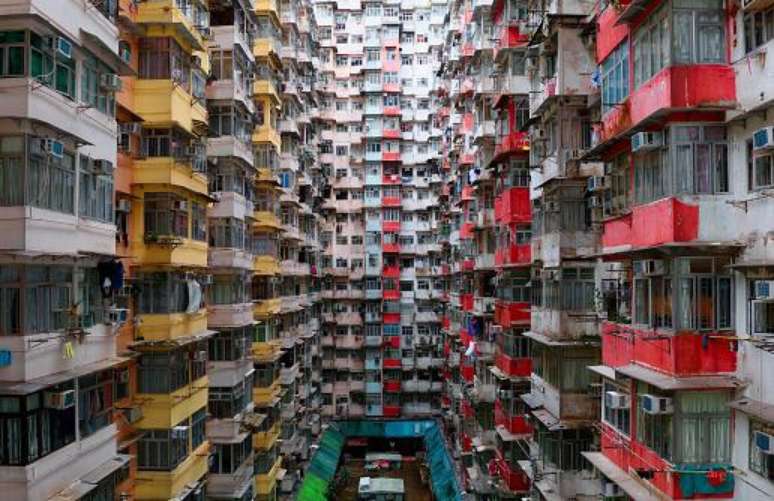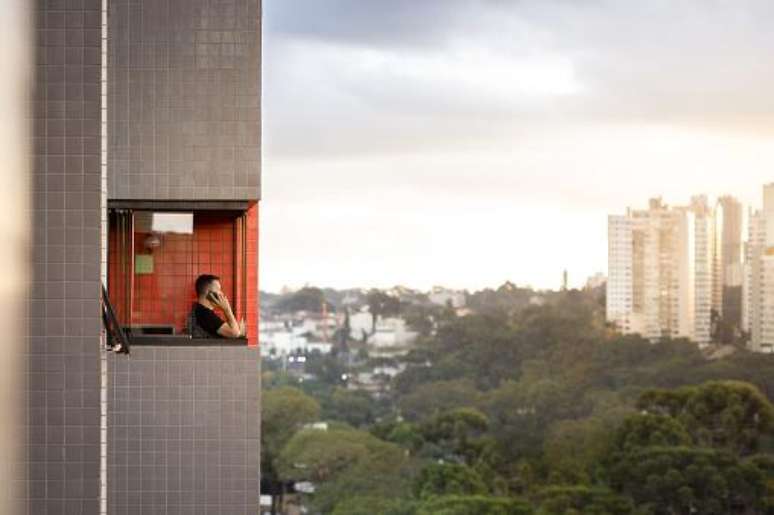Man has always been obsessed with megalomaniacal structures. Even when he still had few technological resources, his desire to climb great peaks surprised. Over the millennia there have been various motivations for building ever higher towards the sky, including religion, power, nationalism, commerce, design and democracy.
Built around 2560 BC, the Pyramid of Cheops, also known as the Great Pyramid of Giza, Egypt, is considered one of the tallest structures of antiquity. The original height of the structure is believed to have been approximately 146.6 metres, placing it as the highest in the world for 4 thousand yearsuntil Lincoln Cathedral in England, at 160 metres, surpassed it when it was built in the 14th century.
The ancient Egyptians built their pyramids to protect the mummified bodies of their pharaohs from time and enemies, but also to celebrate and honor their power and relevance. Christians, on the other hand, used the innovations of Gothic engineering, such as flying buttresses and vaulted arches, to build cathedrals that stretched toward the sky as if to bring humans closer to the divine, as well as being an allegory of the ascension of the spirit. in the end world of life.
In 1973, when Industrious American built the famous World Trade Center to make New York the pinnacle of international business, the second generation of tall buildings began, allowing these units to also be residential. New York currently has 430,000 residential buildings and the number is estimated to increase in the coming decades, but few people have stopped to think about how residential buildings influence our social psychology.
Suburbs and prejudices against verticalisation

The psychology behind the obsession with tall structures is the same that permeates the attraction to walls, built for reasons of power, protection and politics, as in the case of the Berlin Wall. Like walls, buildings are also symbols of power and wealth, examples of a country’s engineering capabilities, which yesterday as today are still very important and can be interpreted as a form of intimidation.
In the field of environmental psychology, which is nothing more than the study of human interaction with the surrounding environment, user experience – that is, the way we react to space, shape, color and light – is something of considered essential. Tall buildings are increasingly seen as synonymous with luxury accommodation, be it offices, homes or hotels, often putting monetary experiences into perspective. But it wasn’t always like this.
For some countries, such as the United States, the post-World War II period brought various transformations, especially of an economic nature, generating rapid growth that led to the expansion of cities and the development of urban areas. This has allowed more people to move and form suburbs, associated with a quieter, more familiar and economically good lifestyle. After all, people had access to larger homes, spacious land, and a standard of living considered high within their limits.

On the other hand, there was growing prejudice against what some saw as the uniformity and lack of cultural diversity in the suburbs. Throughout the first half of the 20th century, the modernist movement promoted ideas of collective housing and innovative architectural projects, thinking precisely of residential buildings that, in a limited space, could bring together a greater number of people. This verticalization of the concept of home has caused immense concern among the average population, who have claimed to sacrifice comfort and individuality in the name of functionality and aesthetics.
This was the case in some parts of the world, such as Hong Kong, where living in buildings was – and still is – a prejudice, necessary only due to a historic lack of space. In the UK, for example, in the 1950s and 1960s, residential buildings were considered the opposite of the luxury and stigma of the social housing of the second half of the 20th century, and this has been slow to disappear. It was these two perceptions that helped shape the central idea regarding life in these tall buildings.
Social isolation

It is estimated that by 2050, 60% of the world’s population will live in urban centers, which means that by then around 2.5 billion people will need to find housing, while urban land will become an increasingly limited resource. It is not surprising that governments in some countries are thinking about alternatives to solve the problem, as France did with the “Reinvent Paris 2” project, which asked planners to create uses for currently unused or underused urban land.
To give you an idea, a study commissioned in 2017 by the National Apartment Association (NAA), the National Multifamily Housing Council (NMHC) and conducted by Hoyt Advisory Services (HAS) showed that to meet growing demand, the United States must build at least 4.6 million new apartments by 2030. All this to accommodate the wave of young adults looking for a home of their own, the aging population seeking security and immigrants, responsible for about half of the new Population growth in the United States through 2030.

To meet demand, that means the U.S. must build more than 325,000 new apartments each year, a number the industry won’t be able to reach until next decade. An article published in 2016 on ScienceDirect analyzed and criticized the lack of data and research on how this number of increasingly tall buildings could influence our social psychology.
In romance Atlas shrugged, by Ayn Rand, the protagonist Dagny Taggart, from the top of her office, looks at other distant skyscrapers and wonders if his romantic interest is in any of them, if he can look at her in return. It is these notions of public and private, distance and intimacy, that researchers discuss as blurred boundaries in an age when we are closer to complete isolation in high towers.
The climb

In An exploration of the functions of monumental religious architecture from a Darwinian perspectivePosted in Sage Journals, we discussed how placing people in high-level relationships can trigger a feeling of inferiority towards the person living under the “crushing” weight of those above them. Just as those who live on higher floors may feel superior to their neighbors in some sense.
Since there are no direct studies, related research has concluded that tall buildings are not a good environment for people because many tend to experience feelings of depression due to the progressive feeling of isolation. Compact and increasingly tall and crowded skyscrapers may lead to similar symptoms of psychological stress experienced by thousands of people during the Covid-19 pandemic.

In fact, according to Jeffrey Hall, professor of Communication Studies and director of the Laboratory of Relationships and Technology at the University of Kansas, social isolation has exacerbated people’s unavailability for human interaction, much more than any interaction with technology.
And these are just a few factors in the psychological consequences, admitted or not, of living in ever taller buildings. Of course, technological advances and the use of communal entertainment areas can help reduce the forward effect, but not the upward path we are following, as side-to-side orientation is no longer an option.
Source: Terra
Ben Stock is a lifestyle journalist and author at Gossipify. He writes about topics such as health, wellness, travel, food and home decor. He provides practical advice and inspiration to improve well-being, keeps readers up to date with latest lifestyle news and trends, known for his engaging writing style, in-depth analysis and unique perspectives.








